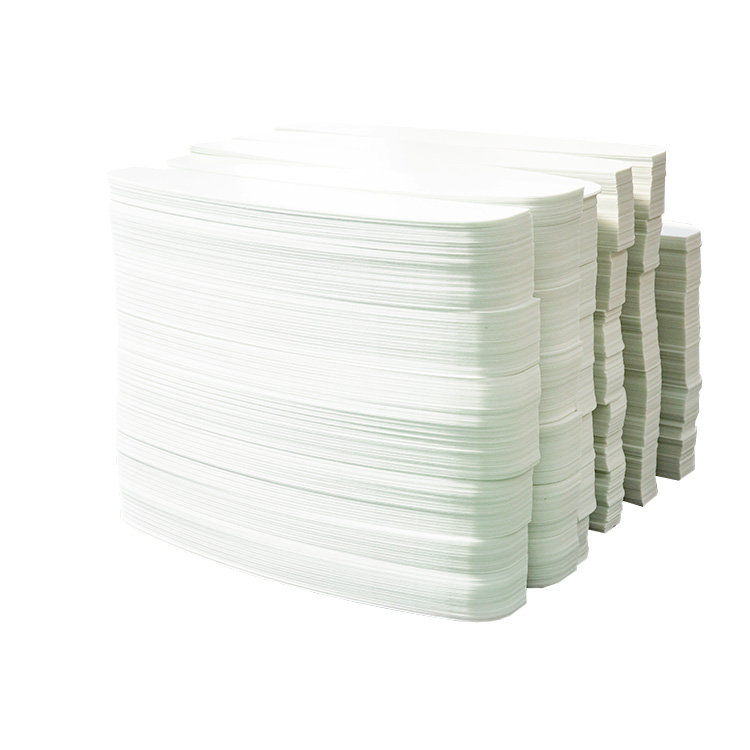Latest Developments and Trends in GMT Materials for the Automotive Industry
Core Advantages of GMT Materials
GMT is a composite material made from a thermoplastic resin matrix (like polypropylene or polyamide) reinforced with a glass fiber mat. Its key advantages in automotive applications include:
- Lightweight and High Strength: GMT boasts a high strength-to-weight ratio, with a density lower than traditional thermosetting FRP (Fiber Reinforced Plastic), making it an ideal substitute for heavier metal parts. For instance, using GMT can reduce the weight of a car door from 26 kg to 15 kg.
- Excellent Impact Resistance: GMT is highly durable and can absorb significantly more impact energy than materials like Sheet Molding Compound (SMC), steel, or aluminum without denting or cracking.
- Design Flexibility and Efficient Production: The material can be molded into complex shapes, offering engineers greater design freedom. The molding process is efficient with short cycle times, making it suitable for large-scale production.
- Recyclability: As a thermoplastic, GMT can be recycled, which aligns with the growing emphasis on sustainability in the automotive industry.
Widespread Automotive Applications
Since the 1990s, GMT has been widely adopted in the automotive industry and is used for a variety of components. Common applications include:
- Structural and Body Components: Front-end modules, bumpers, underbody shields, and door frames are increasingly made from GMT to reduce mass while maintaining structural integrity. For example, the Mercedes-Benz S-Class uses GMTexTM, a fabric-reinforced thermoplastic composite, for its front-end module elements.
- Interior Components: Seat frames, dashboards, and luggage compartment components are also common applications. Several Ford Group models, including the Volvo S40 and V50, have used GMT for dashboard frames.
- Electric Vehicle (EV) Parts: The lightweight nature of GMT is particularly beneficial for EVs, where reducing weight is crucial for extending battery range.It is increasingly used for battery housings and trays.
Market Trends and Future Outlook
The global market for automotive composites is on a growth trajectory, with GMT being a significant contributor. The overall automotive composites market was valued at USD 21.33 billion in 2024 and is projected to reach USD 36.13 billion by 2033. Specifically, the automotive GMT market was valued at $375 million in 2025 and is expected to grow, driven by several factors:
- Lightweighting Initiatives: Stringent fuel efficiency standards and emission regulations are pushing automakers to adopt lightweight materials like GMT.
- Growth of Electric Vehicles: The expanding EV market is a major catalyst for GMT demand, as reducing vehicle weight is critical for maximizing driving range.
- Technological Advancements: Ongoing developments are leading to GMT materials with enhanced properties, such as improved impact resistance and thermal stability, further broadening their application scope. New manufacturing processes are also being developed to reduce costs.
- Asia-Pacific Market Growth: The Asia-Pacific region is expected to see the fastest growth in the automotive composites market due to a large number of established automakers and increasing vehicle production in countries like China and India.
Challenges and a Look Ahead
Despite the positive outlook, the GMT market faces some challenges, including the higher cost of materials compared to traditional plastics and the complexities of recycling. However, the industry is actively working on solutions, with consortiums forming to develop improved recycling methods for GMT components.
Looking forward, the demand for GMT and other thermoplastic composites in the automotive industry is expected to continue its strong growth. The focus on developing more sustainable, bio-based resin technologies and more efficient manufacturing processes will likely shape the future of these materials in next-generation vehicles.




